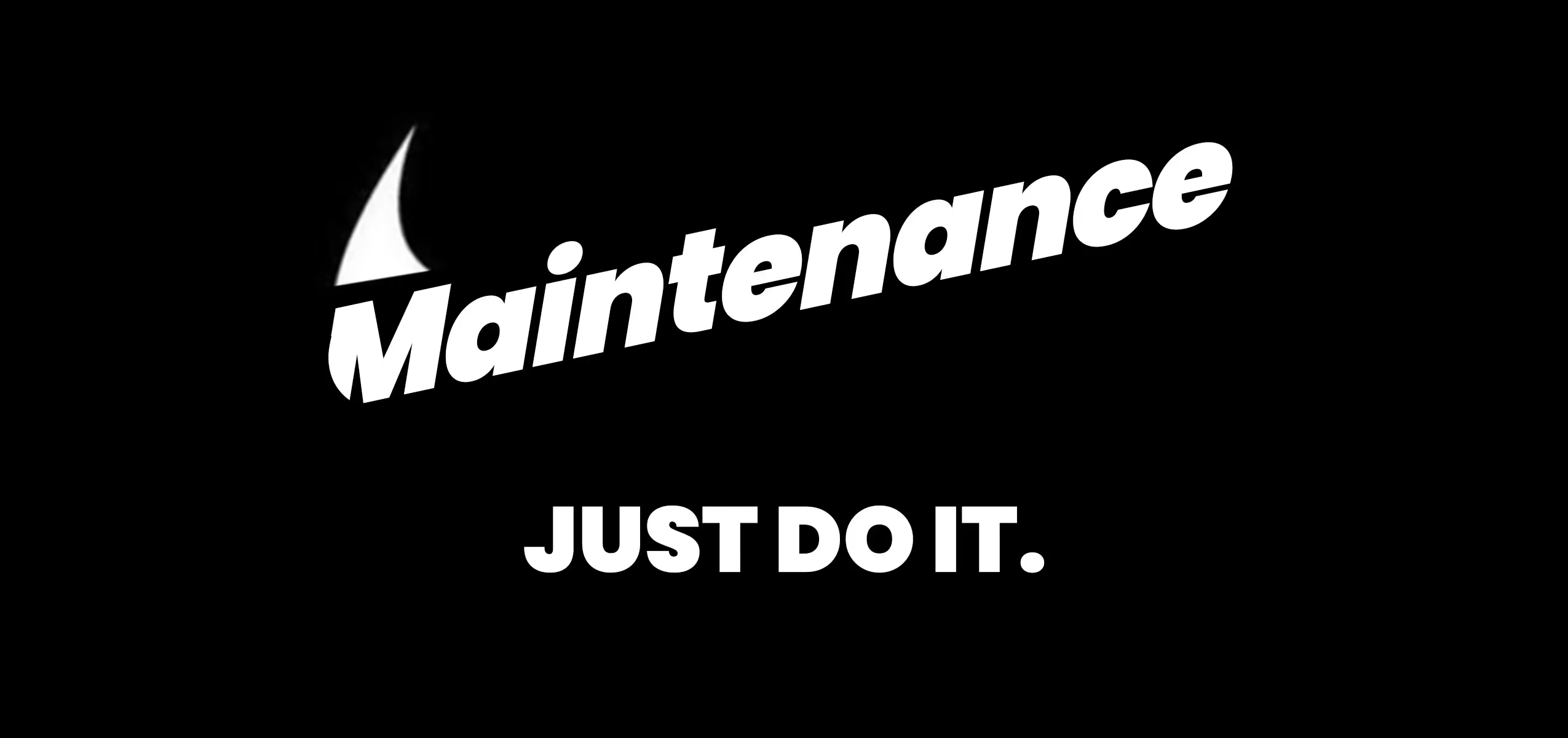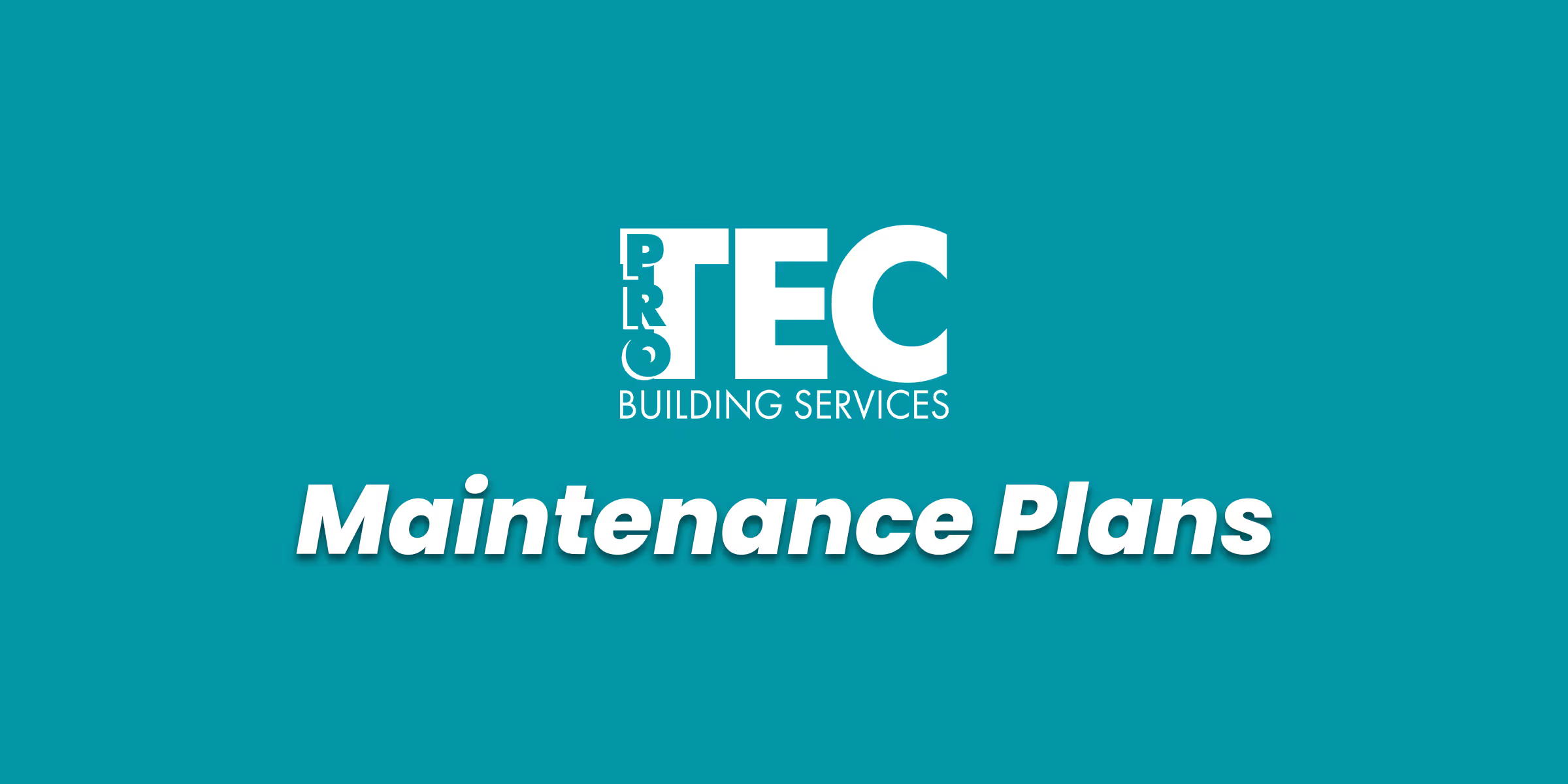


Buying a Condo: 5 Things to Know
Living within a Homeowners Association “HOA”, (also known as a Common Interest Development “CID”), has rapidly increased over the past several decades. There are several types of HOAs. The most common are attached condominium associations (horizontal condominiums, mid-rises, or high-rises), Planned Unit Developments “PUDs” or single-family homes, and Master Associations. Master Associations can have a combination of attached condominiums, single-family homes, or mixed-use buildings (residential and commercial).
While HOA living has been subject to periodic criticism, it remains a popular choice for many Americans. People opt for HOAs for many reasons such as aesthetic standards, community amenities, delegation of maintenance responsibilities and property value protection.
The growth of HOAs is evident, with around 8,000 new communities established annually, constituting about 67% of all completed new homes in 2021. New HOA construction surged by 131% between 2009 and 2019. Notably, 82% of newly constructed homes sold in 2021 were part of an HOA.
A staggering 53% of homeowners reside within HOA communities. In 2020, 355,000 HOAs housed 75 million Americans, a significant increase from 10,000 HOAs accommodating 2 million Americans in 1970, merely five decades ago.
Of those 355,000 HOAs, approximately 7,500 are considered "large-scale" communities, featuring over 1,000 lots or homes and an annual operating budget exceeding $2 million. A considerable portion, $26 billion or 25% of collections, is allocated to reserve funds for shared property maintenance.
Out of the 355,000 HOAs in the USA, around 125,000 of those communities are “self-managed” or do not employ a professional manager or management company. For information on these statistics and more, please click here.
When buying a home or condominium in an HOA, it is especially important to do your due diligence and exercise caution, especially with attached condominiums and those over 30 years old. The challenges of aging infrastructure can be explored in a publication by the Community Associations Institute (CAI) titled Breaking Point: Examining Aging Infrastructure in Community Associations.
Here are the top five things you need to know prior to purchasing a condominium:
- Unmanaged Risk: You need to determine if the association is professionally managed. Self-managed HOAs are typically smaller associations which lack the resources to hire a professional manager or management company. Without professional management residents can experience a higher risk of inconsistent rule enforcement, lack of maintenance, financial instability, and other unwelcome issues.
- HOA Fees & Rules: The Covenants, Conditions and Restrictions (CC&Rs), Bylaws, Articles of Incorporation and Architectural Guidelines are the legal documents that outline the rules and regulations of the community. They set forth specific rules and regulations as adopted by the Association. It’s crucial to read and understand these documents thoroughly. They provide insights into how the community is governed and what is allowed and prohibited within the community, including pet policies, parking regulations, exterior appearance guidelines, and other rules governing the community. Before purchasing, make sure to thoroughly understand the HOA fees, what they cover, and any obligations as to potential special assessments.
- Reserve Study & Funding: It's essential to inquire about the HOA's financial health. A well-funded reserve fund is crucial for covering future major building component replacement and repairs. If the reserve fund is insufficient, it might lead to deferred maintenance, unexpected special assessments or increased HOA fees for owners. Request financial statements and reserve study reports to assess the HOA's financial stability and ability to fund future maintenance and repairs.
- Deferred Maintenance Check: Review the past 12 months' community Board Meeting Minutes to determine if there is an ongoing preventive maintenance program in place and any recent inspection reports that have been completed. This analysis will provide insights into the community's maintenance requirements, completed projects, upcoming initiatives, and the overall sophistication of management. Any signs of deferred maintenance or inadequate upkeep will be evident and should be duly noted. Recognizing significant deferred maintenance is crucial as it not only poses safety risks but also affects property values, insurance availability and financing eligibility for property transactions within the community and the potential for future, costly assessments. Check out CAI’s Best Practices: Community Association Maintenance for a blueprint to successful community association maintenance.
- Litigation and Fannie Mae Blacklist Check: Inquire about active or historical Construction Defect or General Liability lawsuits. This is another great tool to help gauge the HOA's financial and legal stability. Finally, check with Fannie Mae to make sure that the condo you are buying into isn’t on their infamous Blacklist which you can read more about here.
Purchasing a condominium is an excellent step towards homeownership, particularly for young families and other first time home buyers. Despite the lesser expense of renting, ownership is advantageous due to tax benefits and equity appreciation, especially in states like California. For middle aged or older Americans condominium ownership offers relief from single-family home maintenance and upkeep.
However, beware of potential risks. Thorough research and adherence to the five steps outlined above are essential to avoid hidden problems. Educating yourself about HOA living and following these steps will contribute to a successful condominium ownership experience. Visit our site ProTec.com or CAIonline.org to learn more about HOA living.












